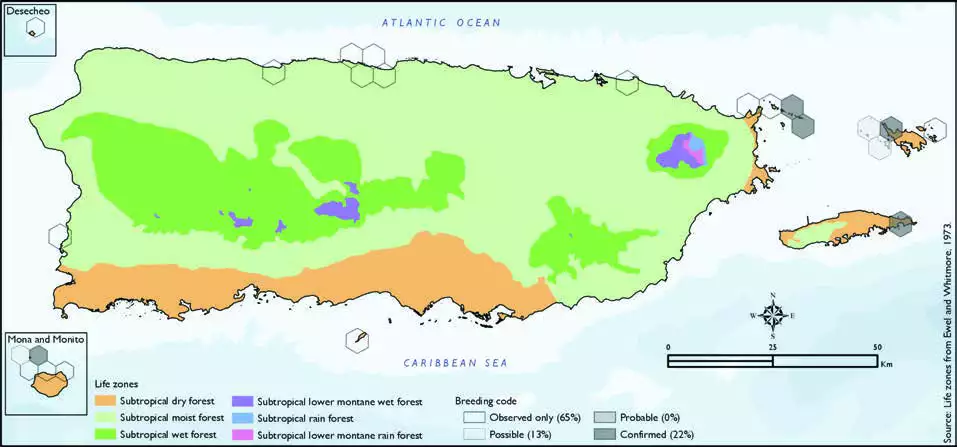Brown Noddy
Description
The brown noddy or common noddy (Anous stolidus) is a seabird in the family Laridae. The largest of the noddies, it can be told from the closely related black noddy by its larger size and plumage, which is dark brown rather than black. The brown noddy is a tropical seabird with a worldwide distribution, ranging from Hawaii to the Tuamotu Archipelago and Australia in the Pacific Ocean, from the Red Sea to the Seychelles and Australia in the Indian Ocean and in the Caribbean to Tristan da Cunha in the Atlantic Ocean. The brown noddy is colonial, usually nesting on elevated situations on cliffs or in short trees or shrubs. It only occasionally nests on the ground. A single egg is laid by the female of a pair each breeding season. In India, the brown noddy is protected in the PM Sayeed Marine Birds Conservation Reserve.
The brown noddy is 38–45 cm (15–18 in) in length with a wingspan of 75–86 cm (30–34 in). The plumage is a dark chocolate-brown with a pale-grey or white crown and forehead. It has a narrow incomplete white eye-ring. The tail is long and wedge-shaped, and the feet and legs are dark.
Distribution & Habitat
The Brown Noddy occurs through the tropical and
subtropical oceans of the world
(Raffaele and others 1998). It
is a resident seabird in Puerto
Rico (Raffaele 1989a) and breeds
colonially on the islands of
Mona, Monito, and Culebra, and
islets of the Cordillera Natural
Reserve (Oberle 2018), as well
as Desecheo (Biaggi 1997). It
is considered unconfirmed on
Vieques (Gemmill 2015). The
species is seldom seen near
land, is highly pelagic (Chardine
and others 2020), and mostly occurs around isolated, bare or
vegetated islets and offshore cays
where it breeds (Oberle 2018,
Raffaele and others 1998). The
atlas fieldwork yielded a total of
35 records within 23 hexagons
or 5 percent of the 479 total
hexagons (see map). Of the 23
hexagons where this species was
found, breeding met the atlas
definition of confirmed in 22
percent (5) of the hexagons and
possible in 13 percent (3), while
the species was observed in 65
percent (15) of the hexagons but
without evidence of breeding
(see map). Brown Noddy distribution. The map shows the highest breeding code by hexagon and overlaying the ecological life zones in
Puerto Rico. Note: percentages may not total 100 due to rounding. 115Brown Noddy/Cervera Parda

Breeding Habits
The Brown Noddy nests in colonies and constructs a simple
layer of debris or of seaweed
and sticks in fl at shingle beaches,
bare ground, cliff ledges,
offshore stacks, low bushes, and
tall trees (BirdLife International
2018). Previously published
reports indicate that this species
breeds from April to July
(Raffaele and others 1998). Atlas
results indicate that the breeding
activity for this species peaks in June and July (see chart). Results
show that this species only nests
within the subtropical dry forest
life zone (100 percent of the
hexagons) (see table and map).
Conservation
Population trends for the Brown Noddy across its distribution
range are unknown. Since
the Brown Noddy is relatively
common, it is listed as a species
of least concern by the IUCN
(BirdLife International 2018), while locally this species is listed
as Data Deficient (PRDNER
2015). Locally, this species is not
listed in any of the threatened
categories of PRDNER and
USFWS. In Puerto Rico, the
Brown Noddy has a protected
habitat in land of 6 percent or
11 km2 of the total area covered by the hexagons where evidence
of breeding was found for this
species (191 km2).
Related Species
Family:
gull